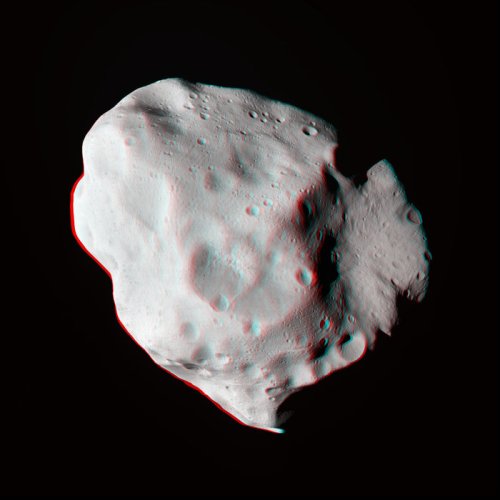
(Lutetia in 3D – Photo Credit: ESA)
Grooves found on Lutetia, an asteroid encountered by the European Space Agency’s Rosetta spacecraft on its journey to Comet 67P, indicate that a large impact crater is hiding on its dark side: a side of the asteroid not yet photographed or analysed. Continue reading











